(NLDO) - The ancient human species Homo naledi disappeared from the Earth and left behind a shocking mystery in the Rising Star cave system.
A study recently published in the scientific journal Paleoanthropology has sought to uncover the truth about what shocked the scientific world when it was excavated last year: a cave arranged like a tomb, more than 300,000 years old and belonging to another human species.
More specifically, what paleoanthropologists describe as a "bombshell" in the Rising Star cave system in South Africa is a series of Homo naledi remains.
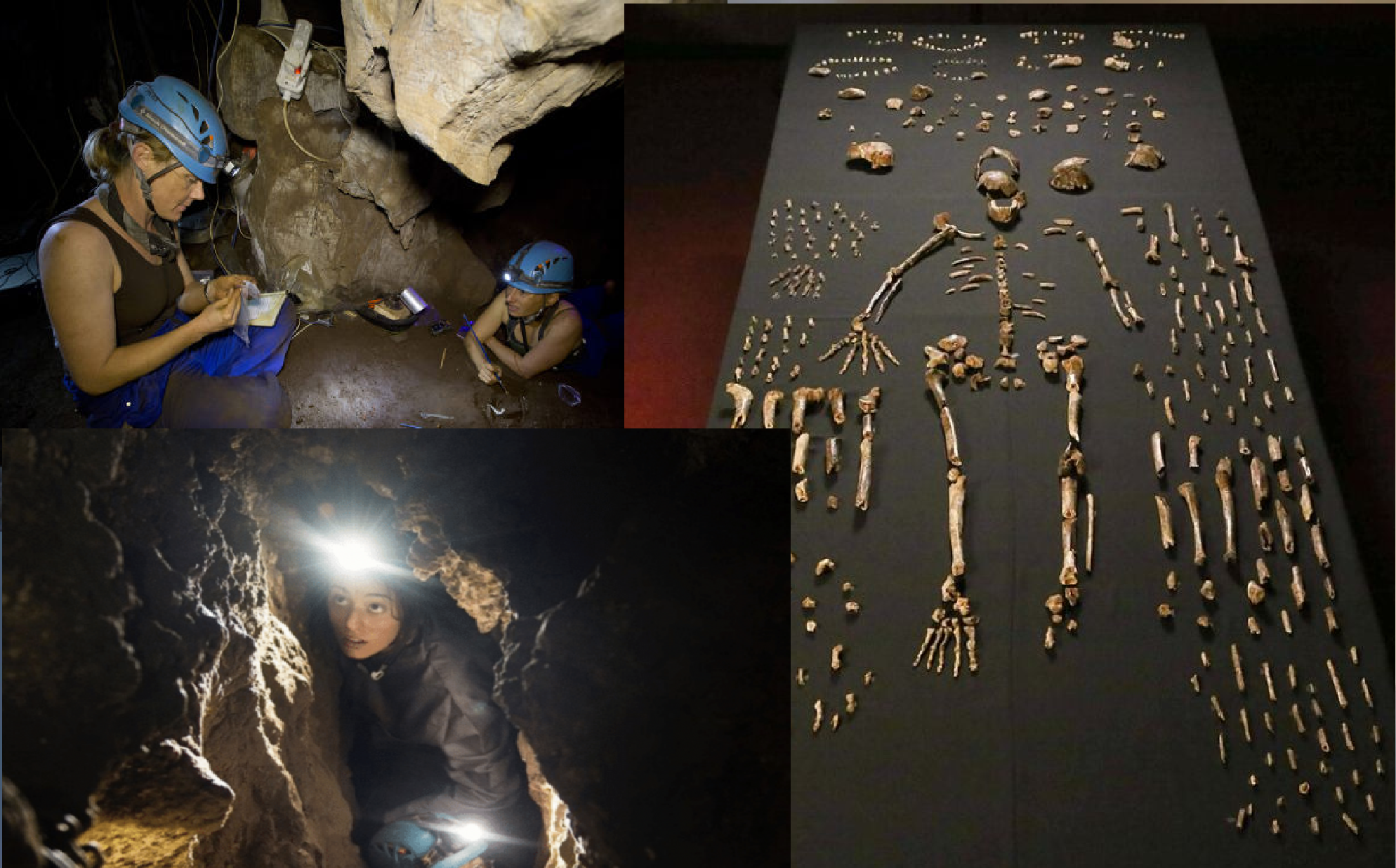
Expeditions working at Rising Star and some of the remains of the ancient human Homo Naledi collected from this cave system - Photo: eLife/National Geographic
The remains at Rising Star were not lying on the ground or randomly stuck in sediment.
Instead, these fossils form almost intact skeletons, lying "peacefully" and neatly in the ground in a fairly orderly manner.
In other words, it looks like they were burying. A famous study led by Dr. Lee Berger of the University of the Witwatersrand (South Africa) supported this hypothesis.
If true, it is a shocking discovery.
Standing at the evolutionary crossroads between humans and great apes, Homo naledi was not thought to be capable of such complex cognitive actions.
It was previously thought that burial customs were the preserve of Homo sapiens, or at least our closest cousins, the Neanderthals, who did it tens of thousands of years ago. So both the age and the manner of the Homo naledi burial are shocking.
However, now another research team led by Dr. Kimberly Foecke of George Mason University (USA) has found a loophole. They explain that Dr. Berger's team analyzed soil samples in the cave, studying the chemical composition and grain size of the soil, reasoning that if the remains in the cave were intentionally buried, the soil above - the soil that humans scooped and filled into the grave - would be different from the soil below.
However, the paper's description of the process does not contain important details of the soil analysis, leaving the method of data collection unclear.
More importantly, Dr. Foecke's research team performed a more detailed analysis of the chemical composition of the soil in this area.
They did not notice any significant difference between the soil on the bodies and the soil in the rest of the cave.
That doesn't mean Homo naledi might not have buried their dead. There's just not enough evidence for that.
It is likely that the bodies were naturally buried by nature over hundreds of thousands of years.
This is also consistent with the controversy that arose after the preprint of the study by Dr. Berger and colleagues was posted online.
The study also failed to pass peer review and has not been formally published in a scientific journal, in part because of those mixed opinions.
But perhaps we still have to hope to find more evidence of Homo naledi to better understand this mysterious species.
Homo naledi became extinct 300,000 years ago, around the same time that we, Homo sapiens, emerged. They were a different species but in the same genus, Homo (Human), as us.
However, this ancient human species is described as having a much "wilder" appearance than many other ancient human species, resembling more of an ape than a true human.
Source: https://nld.com.vn/su-that-ve-ham-mo-loai-nguoi-tung-hoan-doi-voi-chung-ta-196240813110630216.htm







![[Photo] Hanoi morning of October 1: Prolonged flooding, people wade to work](https://vphoto.vietnam.vn/thumb/1200x675/vietnam/resource/IMAGE/2025/10/1/189be28938e3493fa26b2938efa2059e)
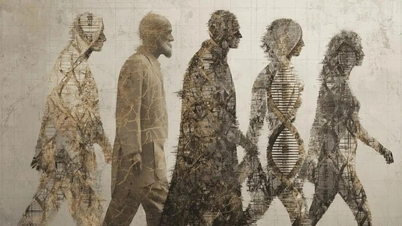

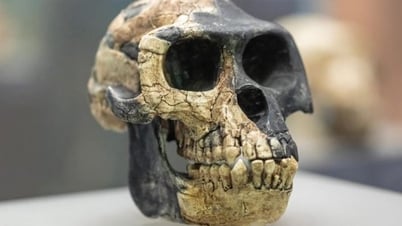


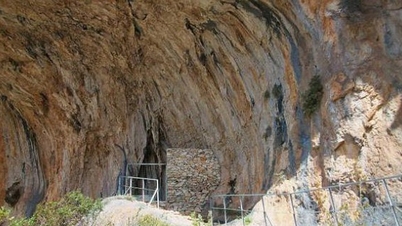

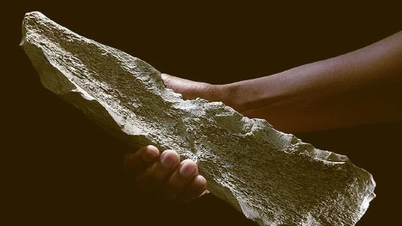















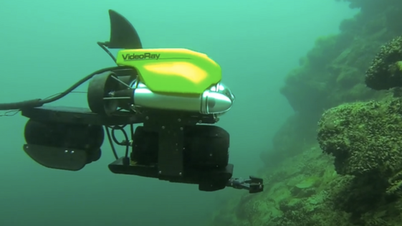



![[Photo] Panorama of the cable-stayed bridge, the final bottleneck of the Ben Luc-Long Thanh expressway](https://vphoto.vietnam.vn/thumb/1200x675/vietnam/resource/IMAGE/2025/9/30/391fdf21025541d6b2f092e49a17243f)


































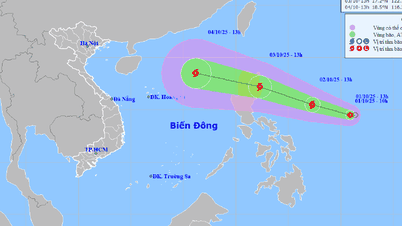

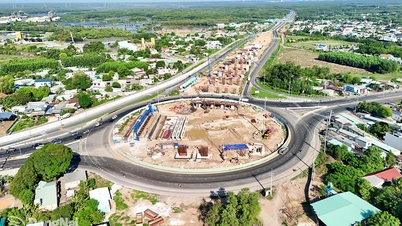


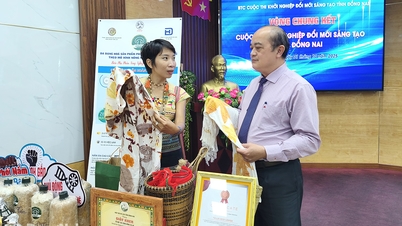


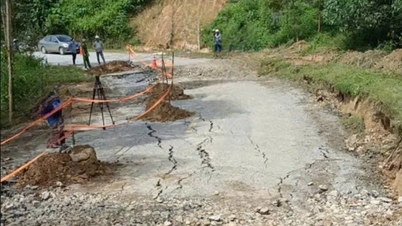















Comment (0)